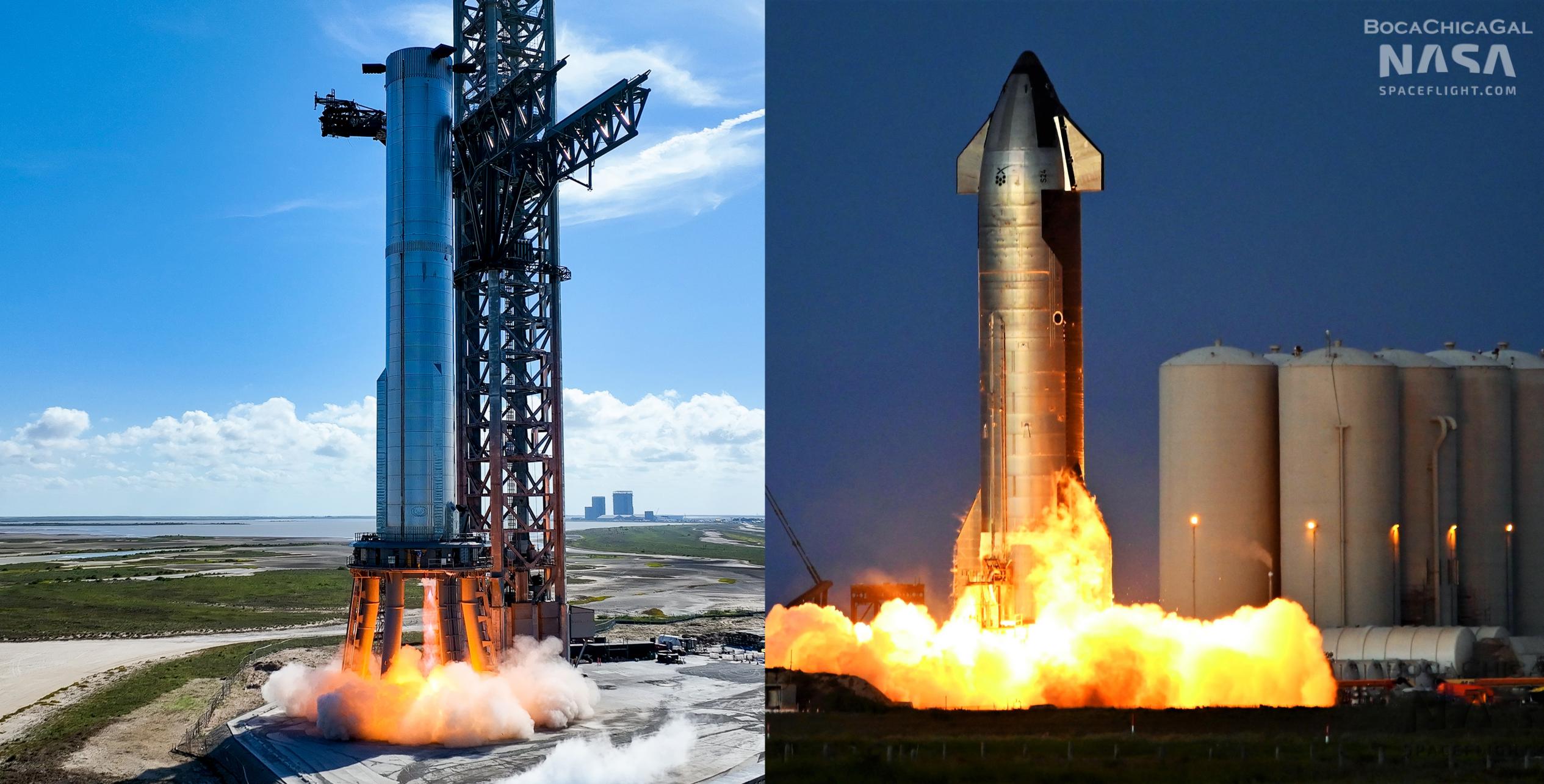
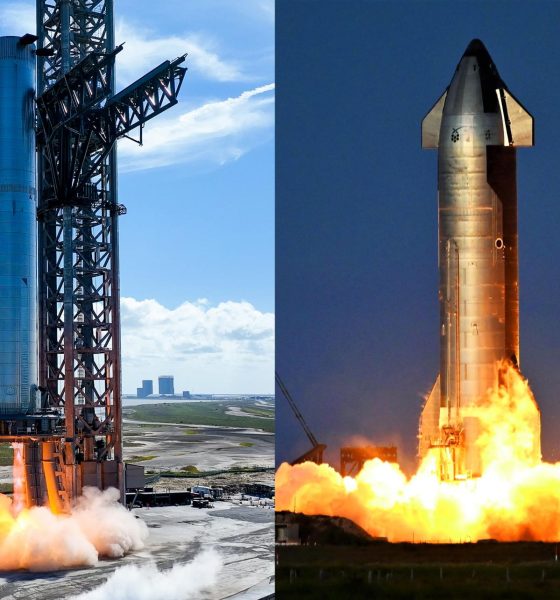
News
SpaceX preps Starship, Super Heavy for another week of Raptor testing
SpaceX continues to work around the clock to prepare its latest Starship and Super Heavy booster prototypes for another week of testing – likely focused on firing up the Raptor engines installed on each vehicle.
Known as Booster 7 and Ship 24, SpaceX has been slowly testing both prototypes for approximately four months, beginning in April and May, respectively. Only in early August did the company cautiously begin attempting to ignite their Raptor engines as part of a process known as static fire testing – by far the most difficult and important part of qualifying both vehicles for flight.
Thanks to progress made in 2021, SpaceX already has significant experience testing an earlier orbital-class Starship prototype on the ground, but the process of testing Ship 24 is still fresh and unfamiliar for a number of reasons. For Booster 7, the challenges are even greater.
On top of major design changes made to Starship and Super Heavy over the last year as SpaceX continues to refine the rocket, the company also developed a substantially different version of its Raptor engine. Compared to Raptor V1, Raptor V2 almost looks like a new engine and can produce around 25% more thrust (230 tons versus 185 tons). SpaceX has also tweaked how the engine operates, particularly around startup and shutdown, further weakening the value of past experience testing Raptor V1 and V1.5 engines on Ship 20 and Boosters 3 and 4.
In other words, with Ship 24 and Booster 7 engine testing, it’s possible that SpaceX is effectively starting from scratch. Many aspects of testing – propellant conditioning, thermal characteristics, tanking, detanking, certain test stands – are likely mostly unchanged, but almost every aspect of a rocket is affected by its engines.
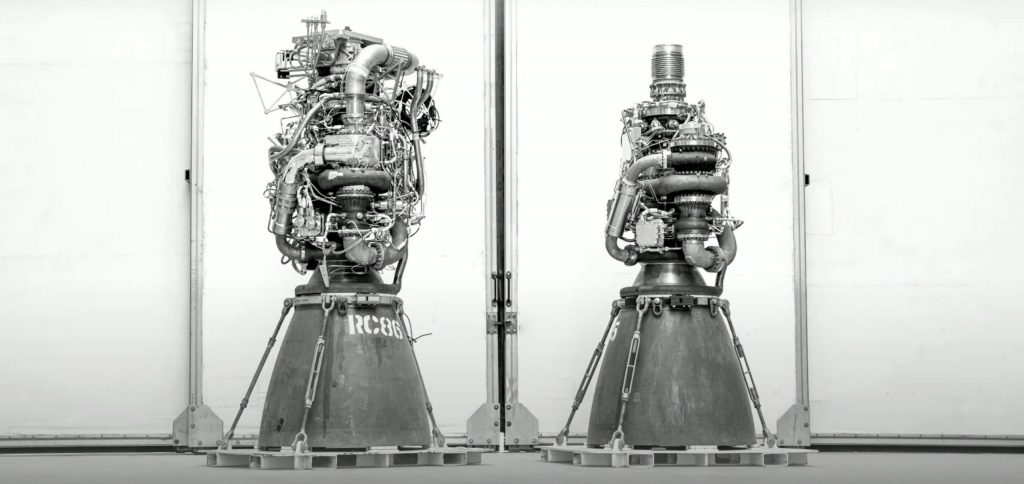
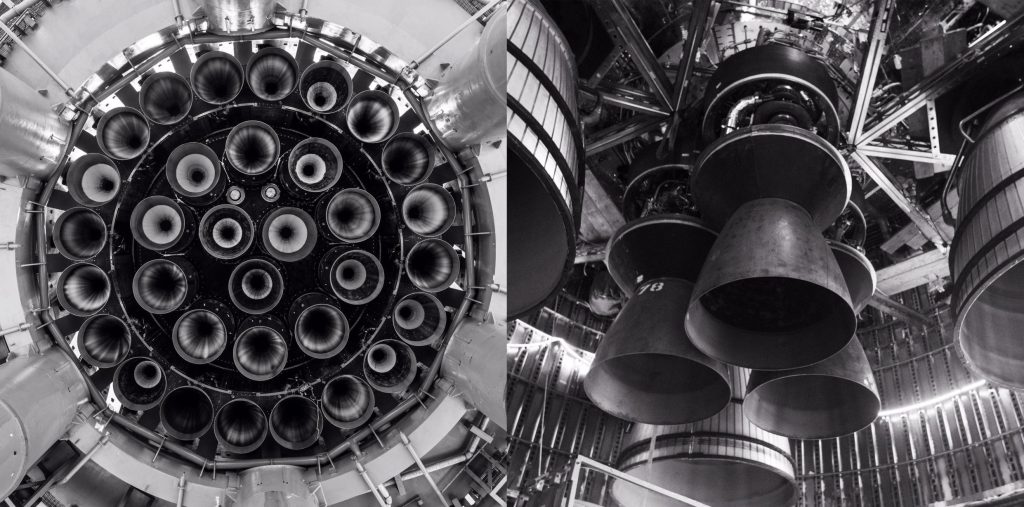
Before SpaceX began testing Raptor V2 engines on Starship and booster prototypes, it wasn’t clear if the changes between V1.5 and V2 would invalidate a lot of prior testing. After the start of Booster 7 and Ship 24 static fire testing, it’s now clear that a lot of that earlier work has to be redone. It’s also clear that despite some of the simplifications in Raptor V2’s design, operating the engine on Starship and Super Heavy is much harder get get right.
Since mid-July, SpaceX has completed around 15-20 ‘spin-prime’ tests between Ship 24 and Booster 7 – more of that kind of test than any other prototype in the history of Starbase has performed. Spin-prime tests flow high-pressure gas through Raptor’s pumps to spin them up without igniting anything. It’s unclear why so many of those tests are being done, what SpaceX is gaining from it, or why the company appears to have completely stopped conducting preburner tests (a more life-like spin-prime with partial combustion).
Regardless, eight weeks after the start of engine testing, Booster 7 has only performed three static fires (two with one engine, one with a max of three or four engines), and Ship 24 has only completed one static fire with two engines. Before either vehicle can be considered ready for flight, a day that could easily never come, each will likely need to conduct multiple successful static fires with all of their Raptor engines (6 on S24 and 33 on B7).
If the pace of Booster 7 testing doesn’t change, the vehicle could be months away from a full 33-engine static fire attempt – perhaps the single most important and uncertain test standing between SpaceX and Starship’s first orbital launch attempt. Ship 24’s path to flight readiness should be simpler, but it appears to be struggling almost as much.
According to CEO Elon Musk, “an intense effort is underway” to ensure that Super Heavy B7’s Raptor engines are well contained during anomalies, so that one engine violently failing won’t damage or destroy the booster, other engines, or the launch pad. That could certainly complicate the process of testing Booster 7, and it’s likely that SpaceX is taking some of the same actions to protect Ship 24.
In early September, after a partially successful Booster 7 static fire (its first multi-engine test) and numerous additional Ship 24 tests that failed to achieve ignition, SpaceX replaced engines on both vehicles. Booster 7 had one of 13 Raptor Center engines swapped out, while Ship 24 had one of its three Raptor Vacuum engines replaced.
On September 5th, SpaceX distributed a safety alert to Boca Chica’s few remaining residents, confirming that it wants to restart testing as early as Tuesday, September 6th. Especially as of late, that alert guarantees nothing, but it does at least open the door for SpaceX if Ship 24, Booster 7, and the positions of the stars happen to be in the right mood between 8am and 8pm CDT. Additional opportunities are available on September 7th, 8th, 9th, and 12th.

Investor's Corner
Tesla analyst realizes one big thing about the stock: deliveries are losing importance
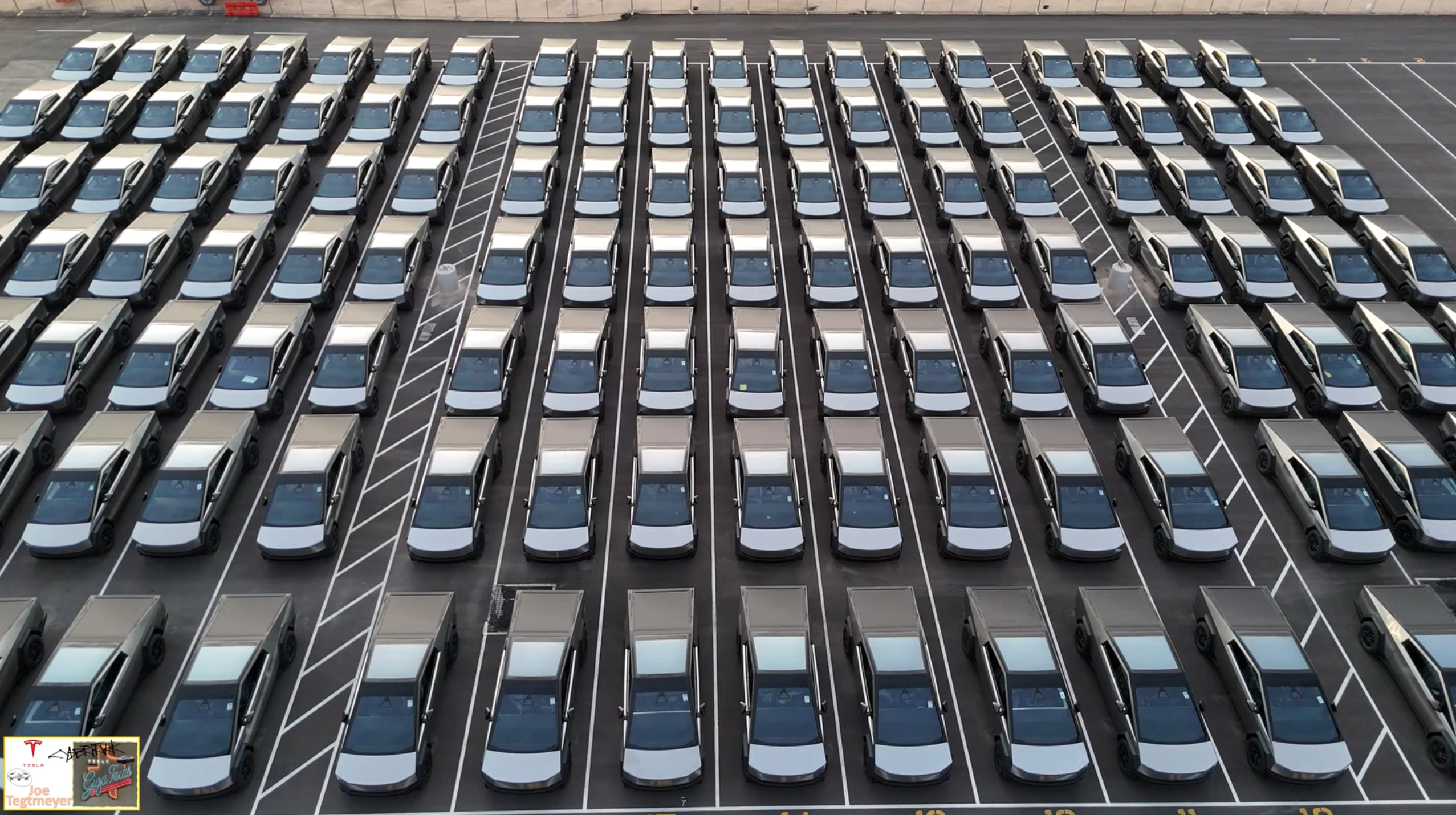
Tesla analyst Dan Levy of Barclays realized one big thing about the stock moving into 2026: vehicle deliveries are losing importance.
As a new era of Tesla seems to be on the horizon, the concern about vehicle deliveries and annual growth seems to be fading, at least according to many investors.
Even CEO Elon Musk has implied at times that the automotive side, as a whole, will only make up a small percentage of Tesla’s total valuation, as Optimus and AI begin to shine with importance.
He said in April:
“The future of the company is fundamentally based on large-scale autonomous cars and large-scale and large volume, vast numbers of autonomous humanoid robots.”
Almost all of Tesla’s value long-term will be from AI & robots, both vehicle & humanoid
— Elon Musk (@elonmusk) September 11, 2023
Levy wrote in a note to investors that Tesla’s Q4 delivery figures “likely won’t matter for the stock.” Barclays said in the note that it expects deliveries to be “soft” for the quarter.
In years past, Tesla analysts, investors, and fans were focused on automotive growth.
Cars were truly the biggest thing the stock had to offer: Tesla was a growing automotive company with a lot of prowess in AI and software, but deliveries held the most impact, along with vehicle pricing. These types of things had huge impacts on the stock years ago.
In fact, several large swings occurred because of Tesla either beating or missing delivery estimates:
- January 3, 2022: +13.53%, record deliveries at the time
- January 3, 2023: -12.24%, missed deliveries
- July 2, 2024: +10.20%, beat delivery expectations
- October 3, 2022: -8.61%, sharp miss due to Shanghai factory shutdown
- July 2, 2020: +7.95%, topped low COVID-era expectations with sizeable beat on deliveries
It has become more apparent over the past few quarters that delivery estimates have significantly less focus from investors, who are instead looking for progress in AI, Optimus, Cybercab, and other projects.
These things are the future of the company, and although Tesla will always sell cars, the stock is more impacted by the software the vehicle is running, and not necessarily the vehicle itself.
News
Tesla removes Safety Monitors, begins fully autonomous Robotaxi testing
This development, in terms of the Robotaxi program, is massive. Tesla has been working incredibly hard to expand its fleet of Robotaxi vehicles to accommodate the considerable demand it has experienced for the platform.

Tesla has started Robotaxi testing in Austin, Texas, without any vehicle occupants, the company’s CEO Elon Musk confirmed on Sunday. Two Tesla Model Y Robotaxi units were spotted in Austin traveling on public roads with nobody in the car.
The testing phase begins just a week after Musk confirmed that Tesla would be removing Safety Monitors from its vehicles “within the next three weeks.” Tesla has been working to initiate driverless rides by the end of the year since the Robotaxi fleet was launched back in June.
Two units were spotted, with the first being seen from the side and clearly showing no human beings inside the cabin of the Model Y Robotaxi:
A Tesla without a driver was spotted traveling on public roads! pic.twitter.com/ZLbduf4cKa
— TESLARATI (@Teslarati) December 14, 2025
Another unit, which is the same color but was confirmed as a different vehicle, was spotted just a few moments later:
NEWS: A second Tesla Model Y Robotaxi running FSD Unsupervised has just been spotted driving itself on public roads in Austin, Texas, with no one in the front seats.
This is a different car from the one spotted earlier. They have different license plates.
h/t @Mandablorian https://t.co/5URYsUGyD0 pic.twitter.com/CIUi4mXi33
— Sawyer Merritt (@SawyerMerritt) December 14, 2025
The two units are traveling in the general vicinity of the South Congress and Dawson neighborhoods of downtown Austin. These are located on the southside of the city.
This development, in terms of the Robotaxi program, is massive. Tesla has been working incredibly hard to expand its fleet of Robotaxi vehicles to accommodate the considerable demand it has experienced for the platform.
However, the main focus of the Robotaxi program since its launch in the Summer was to remove Safety Monitors and initiate completely driverless rides. This effort is close to becoming a reality, and the efforts of the company are coming to fruition.
Testing is underway with no occupants in the car
— Elon Musk (@elonmusk) December 14, 2025
It is a drastic step in the company’s trek for self-driving technology, as it plans to expand it to passenger vehicles in the coming years. Tesla owners have plenty of experience with the Full Self-Driving suite, which is not fully autonomous, but is consistently ranked among the best-performing platforms in the world.
News
Tesla refines Full Self-Driving, latest update impresses where it last came up short
We were able to go out and test it pretty extensively on Saturday, and the changes Tesla made from the previous version were incredibly impressive, especially considering it seemed to excel where it last came up short.

Tesla released Full Self-Driving v14.2.1.25 on Friday night to Early Access Program (EAP) members. It came as a surprise, as it was paired with the release of the Holiday Update.
We were able to go out and test it pretty extensively on Saturday, and the changes Tesla made from the previous version were incredibly impressive, especially considering it seemed to excel where it last came up short.
Tesla supplements Holiday Update by sneaking in new Full Self-Driving version
With Tesla Full Self-Driving v14.2.1, there were some serious regressions. Speed Profiles were overtinkered with, causing some modes to behave in a strange manner. Hurry Mode was the most evident, as it refused to go more than 10 MPH over the speed limit on freeways.
It would routinely hold up traffic at this speed, and flipping it into Mad Max mode was sort of over the top. Hurry is what I use most frequently, and it had become somewhat unusable with v14.2.1.
It seemed as if Speed Profiles should be more associated with both passing and lane-changing frequency. Capping speeds does not help as it can impede the flow of traffic. When FSD travels at the speed of other traffic, it is much more effective and less disruptive.
With v14.2.1.25, there were three noticeable changes that improved its performance significantly: Speed Profile refinements, lane change confidence, and Speed Limit recognition.
🚨 Many of you asked us to test highway driving with Tesla Full Self-Driving v14.2.1.25. Here’s what we noticed:
✅ Speed Profiles are significantly improved. Hurry Mode is no longer capped at 10 MPH over the speed limit, and now travels with the flow of traffic. This is much… pic.twitter.com/48ZCGbW0JO
— TESLARATI (@Teslarati) December 13, 2025
Speed Profile Refinement
Speed Profiles have been significantly improved. Hurry Mode is no longer capped at 10 MPH over the speed limit and now travels with the flow of traffic. This is much more comfortable during highway operation, and I was not required to intervene at any point.
With v14.2.1, I was sometimes assisting it with lane changes, and felt it was in the wrong place at the wrong time more frequently than ever before.
However, this was one of the best-performing FSD versions in recent memory, and I really did not have any complaints on the highway. Speed, maneuvering, lane switching, routing, and aggressiveness were all perfect.
Lane Changes
v14.2.1 had a tendency to be a little more timid when changing lanes, which was sort of frustrating at times. When the car decides to change lanes and turn on its signal, it needs to pull the trigger and change lanes.
It also changed lanes at extremely unnecessary times, which was a real frustration.
There were no issues today on v14.2.1.25; lane changes were super confident, executed at the correct time, and in the correct fashion. It made good decisions on when to get into the right lane when proceeding toward its exit.
It was one of the first times in a while that I did not feel as if I needed to nudge it to change lanes. I was very impressed.
Speed Limit Recognition
So, this is a complex issue. With v14.2.1, there were many times when it would see a Speed Limit sign that was not meant for the car (one catered for tractor trailers, for example) or even a route sign, and it would incorrectly adjust the speed. It did this on the highway several times, mistaking a Route 30 sign for a 30 MPH sign, then beginning to decelerate from 55 MPH to 30 MPH on the highway.
This required an intervention. I also had an issue leaving a drive-thru Christmas lights display, where the owners of the private property had a 15 MPH sign posted nearly every 200 yards for about a mile and a half.
The car identified it as a 55 MPH sign and sped up significantly. This caused an intervention, and I had to drive manually.
It seems like FSD v14.2.1.25 is now less reliant on the signage (maybe because it was incorrectly labeling it) and more reliant on map data or the behavior of nearby traffic.
A good example was on the highway today: despite the car reading that Route 30 sign and the Speed Limit sign on the center screen reading 30 MPH, the car did not decelerate. It continued at the same speed, but I’m not sure if that’s because of traffic or map data:
🚨 We listened to and read a lot of you who had a complaint of Tesla Full Self-Driving v14.2.1 incorrectly reading Speed Limit signs
This appears to be resolved in v14.2.1.25.
Here’s a breakdown: pic.twitter.com/TEP03xrMbt
— TESLARATI (@Teslarati) December 13, 2025
A Lone Complaint
Tesla has said future updates will include parking improvements, and I’m really anxious for them, because parking is not great. I’ve had some real issues with it over the past couple of months.
Today was no different:
🚨 My lone complaint with my drive on Tesla FSD v14.2.1.25 was this strange parking instance.
FSD swung out wide to the left to pull into this spot and this is where it seemed to be stumped. I gave it about 10 seconds after the car just stopped moving for it to make some… https://t.co/ZEkhTHOihG pic.twitter.com/TRemXu5DLf
— TESLARATI (@Teslarati) December 13, 2025
Full Self-Driving v14.2.1.25 is really a massive improvement over past versions, and it seems apparent that Tesla took its time with fixing the bugs, especially with highway operation on v14.2.1.








